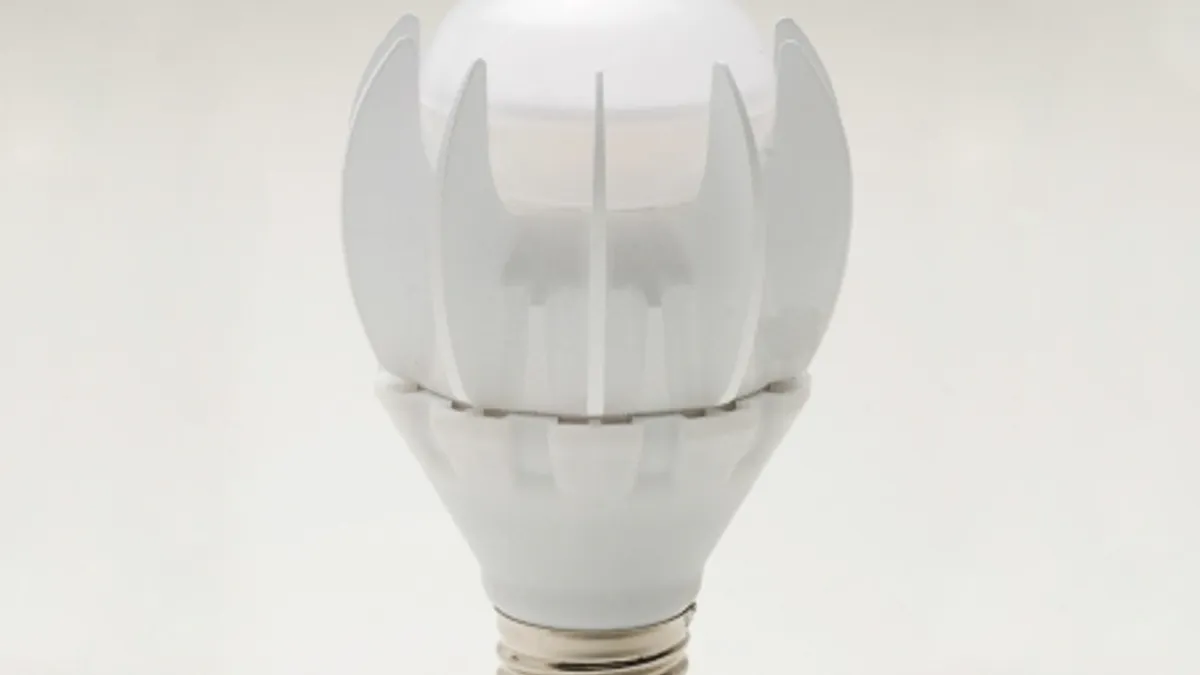In its recent report published this June, the American Council for an Energy-Efficient Economy (ACEEE) explains the winning characteristics of the utilities earning ACEEE’s special recognition for exemplary leadership in energy efficiency.
With $6 billion invested in U.S. utility energy saving programs in 2012, a jump from $2 billion in 2008, the blueprint for successful utility energy efficiency has arrived.
Let’s take a look.
1. Remember simple and ‘tried-and-true’ approaches
Many customers can’t stand thinking about their utility bill, let alone signing up for an energy efficiency program. Simplifying the process thereby easing the path of participation is the only way to net a mass number of customers. A simple approach may include nixing the requirement for an energy assessment, automating program enrollment and communications, and providing designated account representatives to tailor service to the customer’s needs.
Furthermore, utilities don’t have to get too fancy with energy efficiency. Tried-and-true programs that worked in the past can churn out even better results by making tactical shifts such as revising incentives, promoting energy efficiency technology, improving communication, and partnering with other agencies to raise awareness. Providing customers a one-stop shop for energy efficiency services can vaporize confusion and complexity. Offering a single-point of entry for customers to get on-site energy assessment, menu of efficiency measures, financing, and prequalified implementation contractors is the way to go.
2. Target marketing and streamlined cost effectiveness
A sure way to lure participation is to customize energy savings programs by customer and sector. For example, New Jersey’s Public Service Electric and Gas (PSE&G) offers a hospital energy efficiency program that provides a no-cost, investment grade energy audit of the hospital, then funds the deployment of new measures to conserve energy.
The PSE&G Hospital Efficiency Program also lets hospitals repay only a portion of their utility bill at zero interest for three years and is one of only four programs in the U.S. specifically targeting hospitals for energy efficiency improvements. With a total of 28 hospitals served, PSE&G boasts the only program paying for hospitals’ upfront capital costs of implementing new energy saving measures. Further, when it comes to targeting historically underserved communities such as low-income or senior customers, streamlining program delivery or even eliminating the customer co-payment heightens energy efficiency participation and overall program cost effectiveness.
3. Financing and sales skills
The cost of energy efficiency upgrades keeps many customers out the game. A common theme among winning utility energy efficiency programs is the elimination of upfront costs of energy saving improvements. These utilities partner with banks, non-profits, and state lending agencies to buy-down interest on loans or totally eliminate interest rates. Further, before financing, building relationships with customers is key. To do this, sales skills come into play. Bigger customers require an account manager to structure an effieciency program that reflects complex business goals and constraints. And trained energy auditors with sales skills and knowledge of new technologies will better attract customers across the spectrum.
4. Ability to transform and keep the brand message
Incorporating new technology such as light emitting diodes (LEDs), are fundamental to a successful energy efficiency strategy. ACEEE recognized California’s Pacific Gas & Electric (PG&E) for its LED Accelerator program which does a lot more than encourage customers to switch to LED lighting. PG&E’s activities include daily visits to lighting retail stores to meet with customers and educate sales forces about PG&E incented products, in addition to putting up ads next to rebated products to shift customer thinking from watts to lumens. PG&E also collaborates with other private-owned utilities to expand a consistent program and brand, and works with manufacturers to test the latest energy saving products.
Would you like to see more utility and energy news like this in your inbox on a daily basis? Subscribe to our Utility Dive email newsletter! You may also want to read Utility Dive's look at Lynn Good: Soon to be the highest-ranking woman in U.S. utilities.










